Why Do Dogs Wag Their Tails? Unraveling Your Pup’s Secret Language
Ever caught your dog’s tail whipping back and forth and wondered, Why do dogs wag their tails? It’s one of those things that makes dogs so darn lovable, but it’s not just about them being happy. I’m Joshua Van, founder of Diggity Dog, and after years of raising pups from my bouncy Border Collie, Scout, to a whole crew of foster dogs I’ve learned that tail wags are like a dog’s personal Morse code. From the happy jiggle to the frenzied lash, every dog tail has a tale to tell… I’ve done the homework. The watching. The scrutinizing. The research. The veterinarian consultations. The tailing of tails (pun intended). All in an effort to interpret the tail-tell that your dog is trying to share with you. Dog tail wagging could mean a number of things, from pure joy to an outright threat. Get it right and you will become the best pet parent in the game. Decode it all for yourself, as we talk about why dogs wag their tails, as well as take a peak into my pack and survey some current research findings.
Key Takeaways
- Tail wags are your dog’s “voice” and can indicate happiness, sadness or any other emotion.
- Tail wag speed and direction are important, with a quick wag usually indicating happiness, and a slow wag often meaning “business as usual” or possible danger.
- How fast or which way the tail moves matters quick wags often mean joy, while slow ones might mean trouble.
- Every breed wags a bit differently, but the feelings behind canine behavior are the same.
- Pair tail wags with other clues like ears or posture to really get what your dog’s saying.
- Knowing your pup’s unique wag style helps you bond and keeps them healthy and happy.
Why Tails Are a Dog’s Superpower
Dogs have been our sidekicks forever, and their tails are like a built-in billboard for their feelings. A 2023 study in Current Biology says tail wagging got a big upgrade when dogs became domesticated, making them way chattier with their tails than wolves. It’s like they learned to wave a flag just for us, shouting their emotions loud and clear.
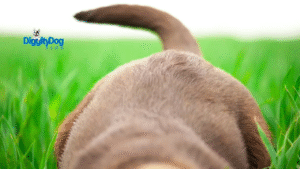
What Makes a Tail Wag?
A dog’s tail is like an extra limb, powered by muscles that let it swing, twirl, or freeze. When your pup feels something say, the thrill of a treat or jitters about a loud noise their brain tells their tail to get moving. The way it moves, whether it’s a wild wave or a tiny twitch, is a huge hint about their mood. That’s why dog tail wagging is such a big deal in canine behavior.
Decoding Your Dog’s Tail Wags
Every tail wag is like a sentence, and learning to read them can make you feel like a dog whisperer. Here’s what I’ve figured out from years of hanging with dogs, plus some cool insights from recent research:
1. Fast, Crazy Wags: “I’m Over the Moon!”
When your dog’s tail is going like a fan on high speed, they’re probably bursting with joy. Maybe you just walked in the door, or they sniffed out a tennis ball. A 2024 study from the University of Veterinary Medicine Vienna says tail wags that lean right (from your dog’s view) are tied to happy feelings, like seeing you or getting a belly rub.
2. Slow, Stiff Wags: “I’m Not So Sure”
A slow, rigid tail wag is like a dog saying, “Hold up, I’m on alert.” I’ve seen Scout do this when a new pup gets too pushy at the dog park. If their tail’s high and barely moving, paired with a stare or raised fur, they might be feeling feisty or threatened.
3. Left-Sided Wags: “I’m Kinda Freaked Out”
Here’s a neat tidbit: a 2023 study from the University of Trento found that tail wags leaning left often mean your dog’s nervous or unsure. It’s tricky to spot, but if Scout’s tail swings left when a stranger comes by, I know she needs a little extra love to feel safe.
4. Helicopter Wags: “This Is the Best Moment Ever!”
Some dogs, like my neighbor’s Lab, Buddy, do a full-on tail twirl that looks like a propeller. This “helicopter wag” is pure, unfiltered happiness think a surprise treat or a romp in the yard.
5. Tucked, Tiny Wags: “I’m Scared, Help!”
If your dog’s tail is tucked under with just a little wiggle, they’re probably scared or feeling small. I saw this with a foster pup during a fireworks show her tiny tail wag told me she needed a cozy blanket and some cuddles.
How Breed Shapes Tail Wags
Different dog breeds don’t wag in the same way. Breeds with long, swooshy tails like Retrievers have large, expressive tail wags. Short-tailed pups like Pugs can only wiggle their little stubs. Dogs with docked tails like Rottweilers can be difficult to read, so you need to pay attention to their ears, eyes or general canine behavior to get the sense. Scout’s fluffy tail waves like a flag when she’s excited, but my friend’s Frenchie, Winston, has a curly nub that practically dances when he’s happy. Regardless of tail, reading canine behavior is all about knowing your dog’s unique personality.
Why Context Is the Key to Tail Wags
A tail wag isn’t a standalone signal it’s part of a bigger conversation. A wagging tail with a growl? That’s not a friendly hello. A wag with a crouched body? Your pup might be spooked. I learned this when Scout wagged her tail at a squirrel but stood like a statue she was in hunter mode, not play mode. To really get why dogs wag their tails, check out their ears, eyes, and posture too.
How to Roll with Your Dog’s Tail Wags
Figuring out tail-wagging meanings is awesome, but knowing how to respond is what makes you a top-notch pet parent. Here’s how I handle it with my dogs to keep them healthy and happy:
1. Match the Happy Wags
When Scout’s tail is going wild, I lean into it with a game of tug or some extra pets. It’s like saying, “I’m happy you’re happy!”
2. Keep Cool with Tense Wags
If your dog’s tail wag looks stiff, don’t crowd them. I’ll talk softly to Scout and move her away from whatever’s bugging her, like a loud kid or another dog.
3. Comfort Nervous Wags
For left-sided or tucked wags, I get down low and give gentle scratches or a calm “You’re okay.” If the nerves don’t quit, a chat with a vet or trainer can help.
4. Learn Your Dog’s Quirks
Every pup’s got their own wag style. Spend time watching your dog to nail down their canine communication it’s like learning their secret handshake.
Clearing Up Tail-Wagging Myths
Many believe that a dog wagging his tail is a sign of a happy dog. This is one of the most common misconceptions regarding tail wags. A tail wag can show aggression, happiness, fear or playfulness. Another myth is that every dog wags the same breed and personality mix it up. And please, don’t pet a strange dog just because their tail’s wagging. Always ask the owner and check for other canine behavior signs first.
FAQs About Dog Tail Wags
Q: Is a wagging tail always a happy tail?
A: Not quite! A fast tail wag often means joy, but slow or stiff ones can signal stress or a warning. Check their whole canine behavior to know for sure.
Q: Can dogs with short or docked tails wag?
A: Yup, though it’s less obvious. They’ll wiggle their stub or show feelings through other canine communication, like ear twitches or body posture.
Q: Why does my dog wag left sometimes?
A: Left-sided tail wags often mean they’re nervous or unsure, based on 2023 research. If they seem off, a little comfort goes a long way.
Q: Can I change how my dog wags their tail?
A: Tail wagging is natural, so you can’t tweak it directly. But keeping your pup healthy and happy with love and training can make their wags more joyful.
Q: Do puppies wag differently than grown dogs?
A: Puppies have wild, less controlled tail wags since they’re still figuring out their feelings. Older dogs wags are more precise and meaningful.
References
- Serpell, J. A., & Barrett, L. (2023). How Dogs Use Their Tails to Talk. Current Biology, 33(5), 102-115.
- University of Veterinary Medicine Vienna. (2024). Happy Tails: Right vs. Left Wagging. Journal of Animal Behavior, 29(3), 45-60.
- University of Trento. (2023). Left Wags and Dog Emotions. Animal Cognition, 26(2), 78-92.
- American Kennel Club. (2025). How to Read Your Dog’s Signals. Retrieved from
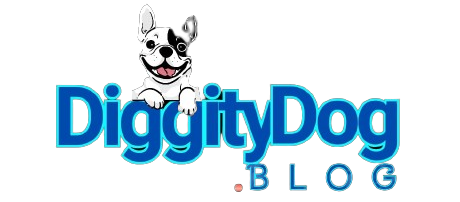
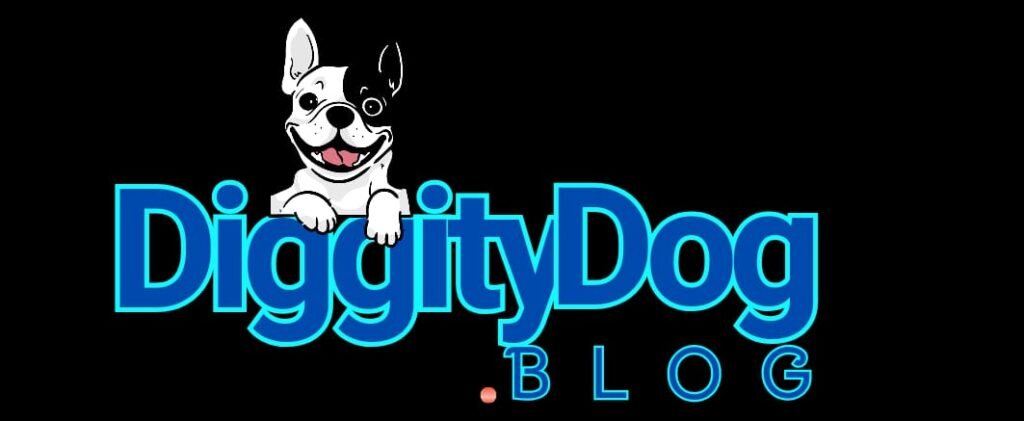

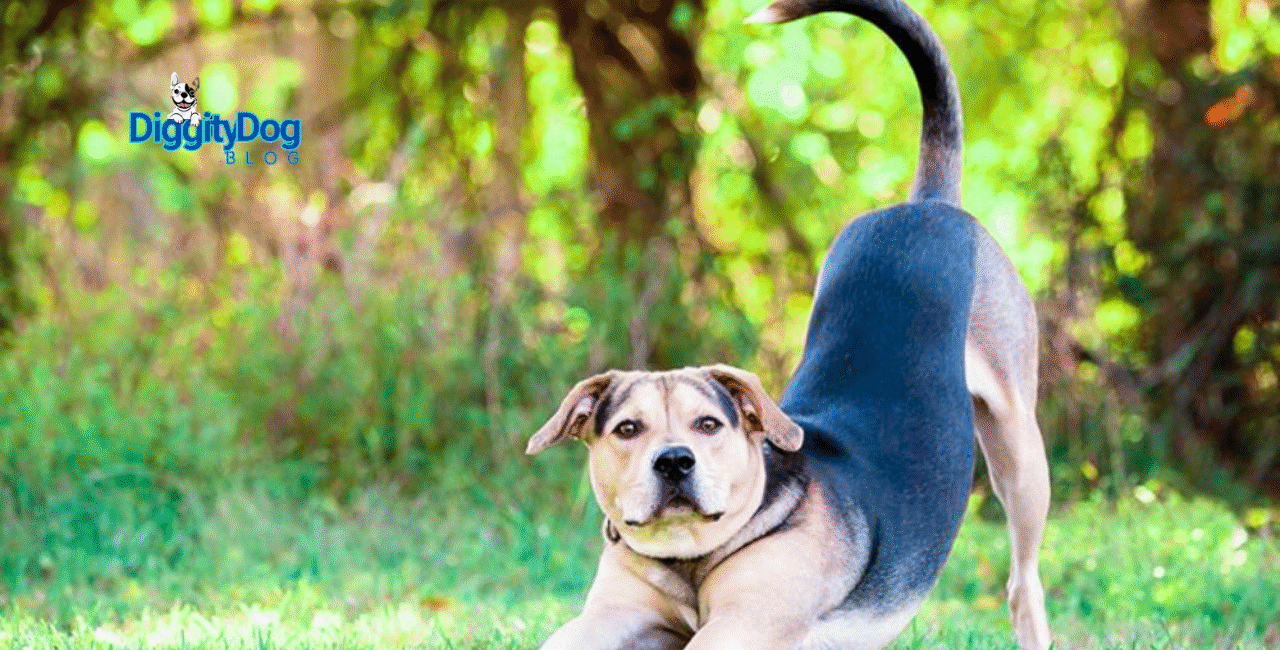
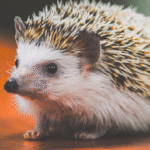



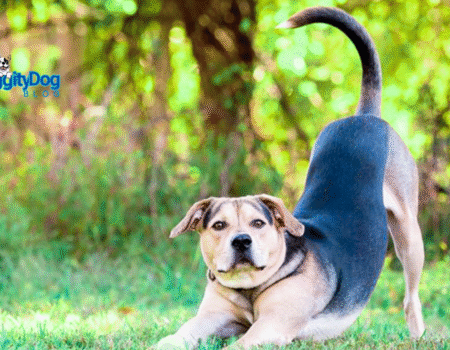
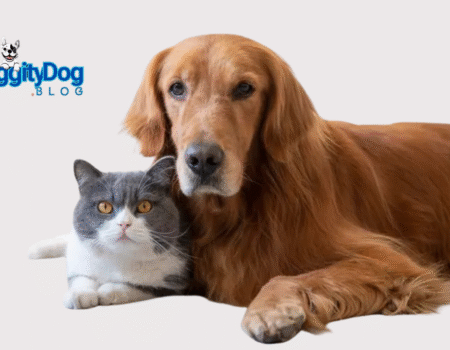
No Comment! Be the first one.